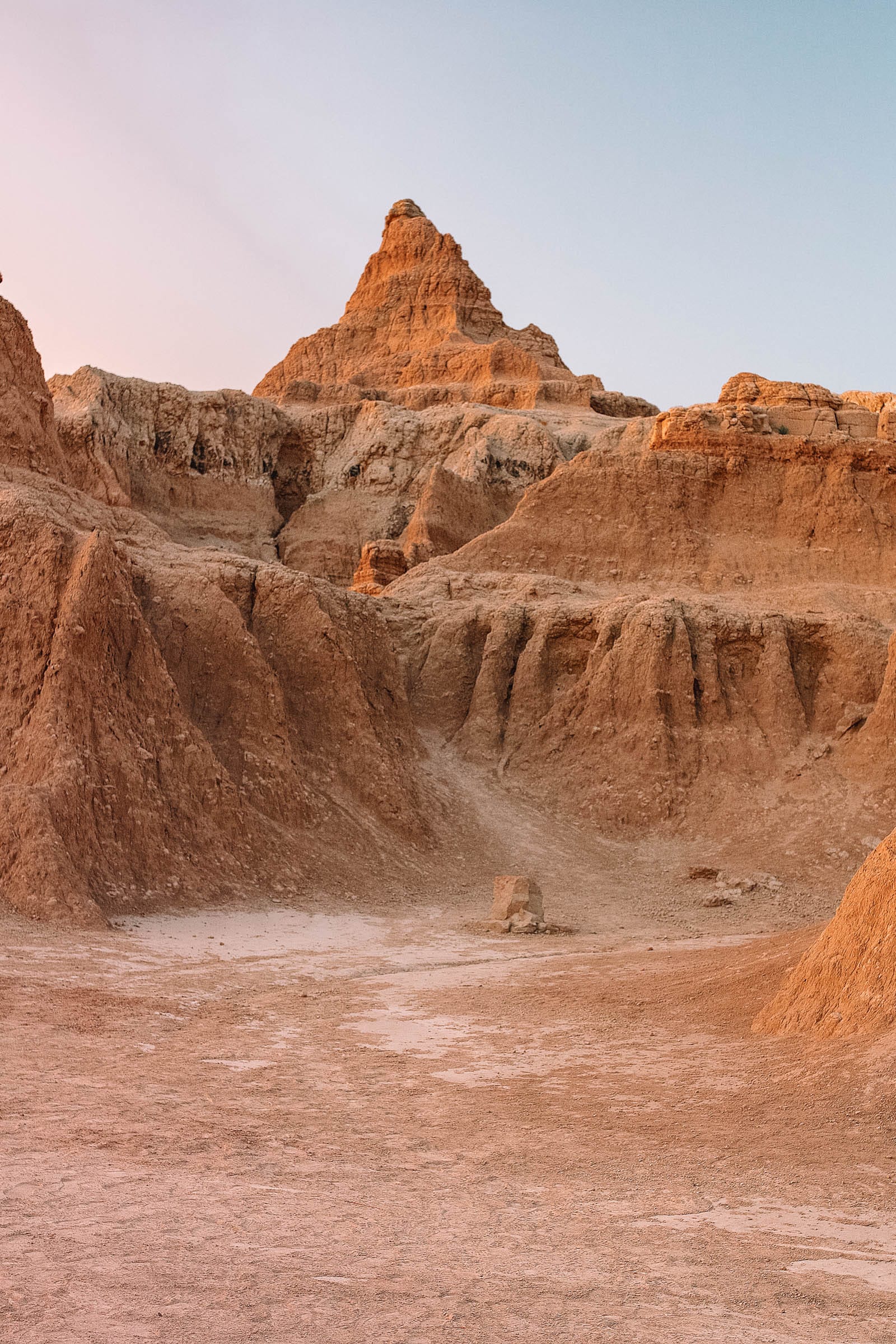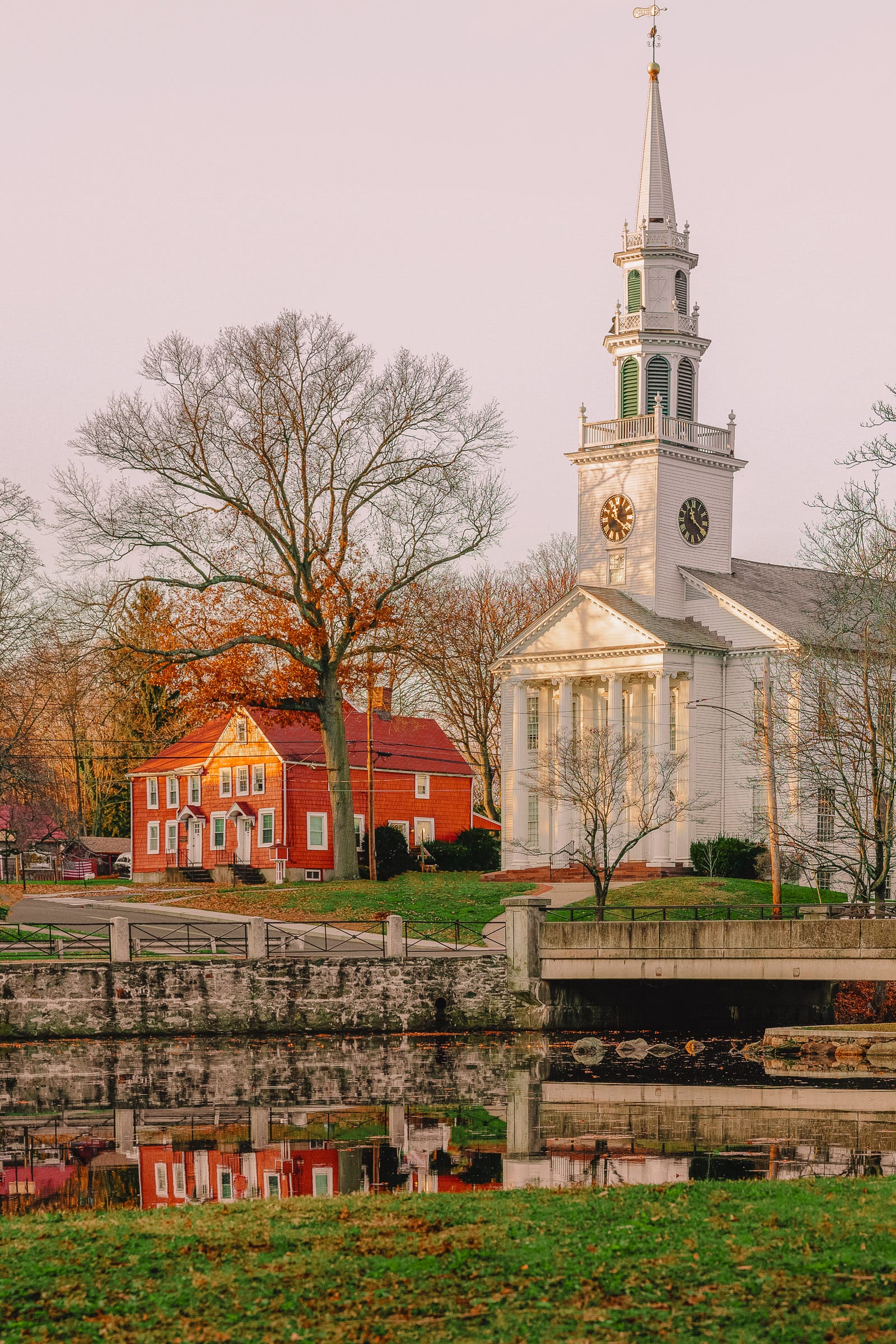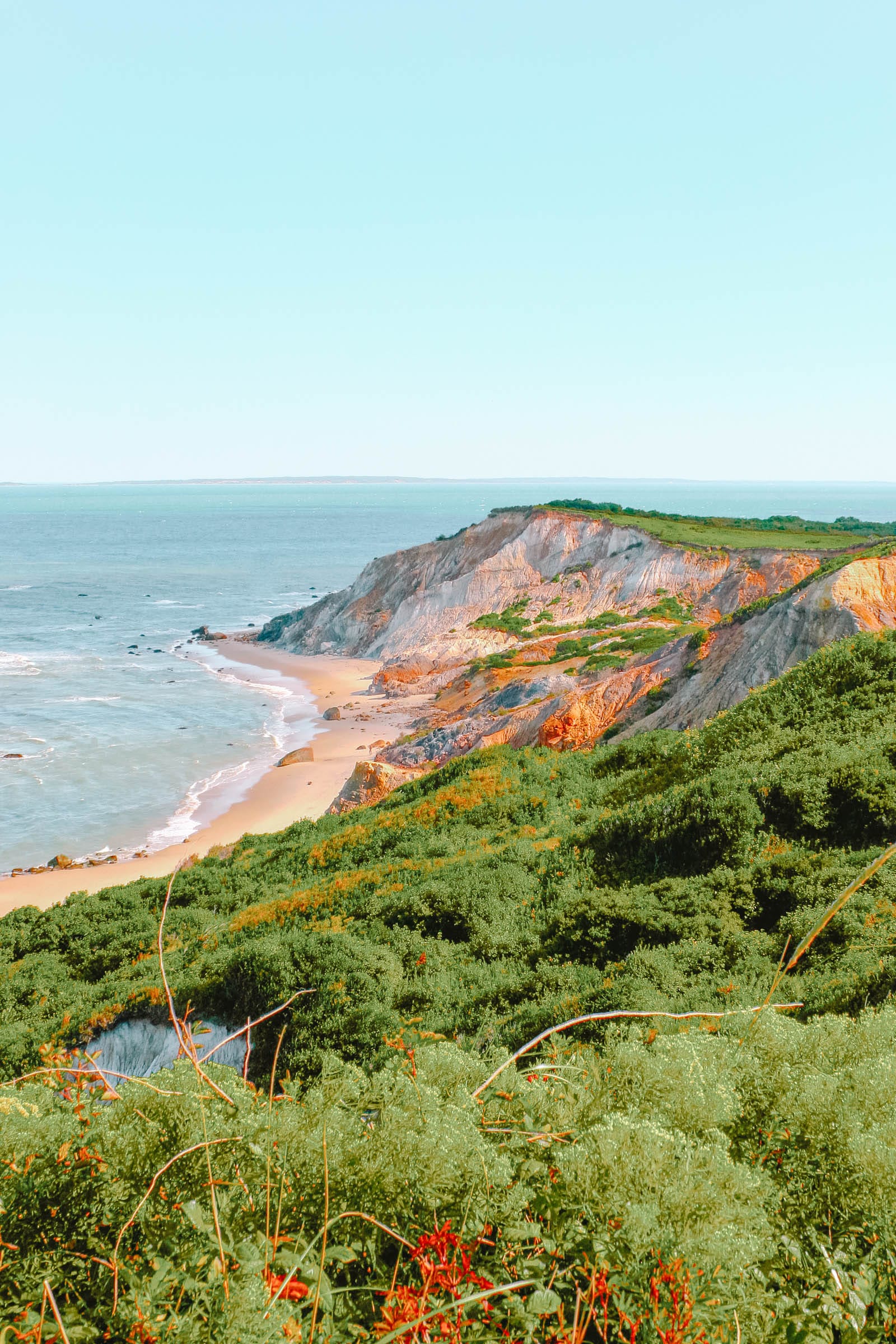Summary of Épernay’s Attractions
For a connoisseur of champagne, a journey to Épernay represents a lifelong aspiration. The Avenue de Champagne serves as a distinguished showcase of prominent champagne houses, including Moët et Chandon, De Castellane, and Mercier, which are all conveniently located within close proximity. Visitors will have the opportunity to traverse subterranean tunnels that are over 200 years old, where the consistent cool temperatures facilitate the tranquil maturation of champagne.
Épernay’s rich heritage in sparkling wine has significantly contributed to its wealth and the elegance of its architecture, as seen in noteworthy landmarks such as the town hall, the Château Perrier museum, and the Théâtre Gabrielle-Dorziat. After exploring the main establishments, tourists have the freedom to venture along the Champagne Route to uncover wineries, châteaux, and other captivating historical sites nestled in the lush countryside.
Let’s delve into the most remarkable activities in Épernay:
1. Avenue de Champagne

Regardless of whether you’re in Épernay to savor the exquisite beverage or not, the Avenue de Champagne should be your initial destination.
This location boasts the town’s finest architecture, characterized by impressive 19th-century mansions constructed for prestigious champagne houses like Moët & Chandon and Perrier-Jouët.
These establishments’ histories are intertwined with that of Épernay.
As you stroll along, you may experience a thrill realizing that you are traversing one of the wealthiest streets globally; beneath your feet lie extensive chalk tunnels housing racks of champagne that are patiently maturing.
2. Moët et Chandon

Épernay’s champagne houses are internationally acclaimed, yet Moët et Chandon has gained a level of renown that surpasses the realm of wine enthusiasts.
Situated on Avenue de Champagne, Moët et Chandon features the most extensive network of underground tunnels, extending nearly 30 kilometers.
During your visit, you will discover how the stable temperatures and humidity levels, found up to 30 meters underground, contribute positively to the storage of champagne and its secondary fermentation process.
You will navigate through the cellars and gather insights before the highlight: an opportunity to taste the renowned champagne.
3. Mercier

Continuing to another distinguished brand along Avenue de Champagne.
Mercier has been involved in the champagne industry since 1858 and positions itself as a sophisticated yet rebellious entity.
Its cellars consist of an 18-kilometer labyrinth of tunnels featuring high ceilings that might astonish you with their grandeur.
Some chambers are adorned with chandeliers and sculpted reliefs suitable for banquets.
A unique feature for families is the miniature train that traverses the tunnels, and adults will certainly appreciate the opportunity to indulge in a glass or two (depending on the selected experience) at the conclusion of the tour.
4. De Castellane

The Castellane house, established in 1895, invites visitors to explore its Museum of Champagne Tradition before descending into six kilometers of underground cellars.
A notable highlight is the Label Room, which showcases around 5,000 labels from various eras of Castellane’s history.
De Castellane prides itself on being the “most enigmatic champagne in the world,” and you will uncover some of the secrets behind this house and its celebrated beverage.
Its headquarters is easily recognizable due to its neo-renaissance tower, which visitors can ascend for an exceptional view of the Avenue de Champagne and Épernay.
5. Town Hall and Gardens

Adjacent to the tourism office, Épernay’s Hôtel de Ville is located at the western end of the Avenue de Champagne.
This splendid neo-renaissance mansion was gifted to the town by the Auban-Moët family following the destruction of the previous building during the First World War.
While you may take a moment to admire the architecture, the main attraction is the garden.
Designed by the Bühler Brothers, renowned landscape architects of the 1800s, this garden features a rockery, a pond, formal flower beds, and a charming pavilion to explore.
6. Château Perrier

A mid-19th-century mansion built in the renaissance Louis XIII style, Château Perrier was envisioned as an ornate and extravagant residence for Charles Perrier.
At that time, he served as both the director of the Perrier-Jouët champagne house and the mayor of Épernay.
However, during the 20th century, the mansion was repurposed to serve as the headquarters for the British army (1940), then the German army (1940-45), and later the US army (1945) throughout the Second World War.
Eventually, the mansion was sold to the town and has since functioned as a museum, housing extensive documents related to champagne production, along with archaeological exhibits ranging from the Paleolithic to the Middle Ages.
As of this writing, it is undergoing renovations, but it may reopen to the public by the time of your visit.
7. Théâtre Gabrielle-Dorziat

Épernay’s theatre honors the legacy of actress Gabrielle-Dorziat, who was born in the town, captivating audiences on stage in Paris during the 1910s and 1920s before embarking on a film career that continued into the 1960s.
Much like many of Épernay’s notable buildings, this theatre was constructed in the late 19th century and showcases Louis XV-style neoclassical architecture.
Throughout its history, it has withstood fires and bombings, notably during the First World War in 1918.
Today, the theatre presents a variety of performances, including drama, classical music, jazz, dance, and world music, so it would be worthwhile to check the schedule prior to your visit.
8. Portail Saint-Martin

Possibly the oldest structure in Épernay, this ruin represents the last remnant of the once-thriving Abbey of Saint-Martin, which stood at this site until its gradual demolition during the 19th and early 20th centuries.
This western portal dates back to 1540 and is notable for the quality of its stonework, depicting cherubs, Hercules, and a variety of animals, including a salamander.
This features supports the dating of the church to the reign of Francis I in the early 16th century, as the salamander was his personal emblem.
9. Champagne Tours

With approximately 300 Champagne crus in the region, if your desire for this exquisite beverage has not yet been satisfied, you can embark on the Champagne Route to discover more.
There is a comprehensive list of companies based in Épernay and nearby Reims that provide transfers to and from wineries or tailored tours.
Traveling time is minimal as the renowned Domi house is only a couple of kilometers away in Grauves.
Moreover, there are numerous houses on the Avenue de Champagne that have yet to be explored, as Comtesse Lafond, Michel Gonet, Collard-Picard, and A. Bergère all have exquisite properties awaiting your visit.
10. Abbaye Saint-Pierre d’Hautvillers

The village of Hautvillers is situated just across the Marne, a short distance north of Épernay.
Champagne enthusiasts come to pay homage to the 17th-century Benedictine monk Dom Pérignon, who served as the cellarer here from 1668 until his death in 1715. Dom Pérignon played a crucial role in the establishment of the champagne industry, formulating early practices to prevent bottles of sparkling wine from exploding due to re-fermentation when temperatures rose in spring.
Additionally, his name is now associated with Moët et Chandon’s signature cuvée.
You can visit the abbey church to view his tomb.
11. Jardin Botanique de la Presle

Honored with the prestigious “Jardin Remarquable” designation, this botanical garden was established approximately 20 years ago.
Initially functioning as a private nursery, it opened to the public in 2001, with its collection of plants expanding as horticulturists traveled to diverse locations, including Kyrgyzstan, Eastern Turkey, the Balkans, and Spain’s Sierra Nevada, returning with specimens.
Younger visitors will delight in the topiaries shaped like fantastical creatures, and there is also a maze to navigate.
Adults will appreciate the visual beauty and fragrances of 500 distinct rose varieties in a tranquil environment.
12. Hôtel-Dieu de Château-Thierry

This Augustinian hospice and hospital for the impoverished operated from the early 14th century until the passing of the last nun in 1966. Throughout its history, the hospital underwent multiple expansions and renovations, including a major redesign in 1876, resulting in a remarkable fusion of architectural styles.
For centuries, the hospital attracted numerous affluent patrons, which accounts for its impressive collection of religious sculptures, embroidery, paintings, clocks, and furniture on exhibit.
Additionally, visitors can gain intriguing insights into historical medical practices and observe the living quarters of the nuns.
13. Château de Condé

Along the Champagne Route, the Château de Condé is an exquisite mansion featuring refined 18th-century interiors.
The design of the two cylindrical gatehouses at the entrance originates from the 1500s, while a castle has existed on this site since at least the 1000s.
The right gatehouse, dating back to the 16th century, is especially noteworthy due to its underground jail, which still showcases its original sophisticated locking mechanism.
The majority of the Château boasts opulent interiors, adorned with trompe l’œil painted walls and ceilings, as well as luxurious period furniture and artworks.
Visitors can view the bedchamber occupied by Cardinal Richelieu and children can partake in a treasure hunt within the expansive grounds during the summer months.
14. Reims

Located only half an hour from Épernay, this city is a pivotal stop along the Champagne Route and serves as the backdrop for numerous significant events in French history.
Many of these events took place in the remarkable cathedral, where every French king was crowned for almost 1,000 years.
Occasionally, these coronations altered the course of history in France, such as when Charles VII ascended to the throne in 1429 shortly after Reims was retaken from the English.
Admire the treasures in the nearby Palace of Tau and continue your champagne journey in the intricate cellars of Veuve-Clicquot and Taittinger.
15. Cuisine

In addition to wine grapes, vegetables thrive exceptionally well in the fertile soils of the Marne Department.
Carrots, leeks, beans, beets, cabbage, and potatoes contribute to the regional cuisine.
In the colder months, Potée Champenoise provides a comforting meal, featuring bacon and sausage alongside carrots, cabbage, turnips, and potatoes.
On Saturdays, make a stop at the Halle Saint Thibault.
This covered market made of metal and glass in Épernay is a vibrant spot to observe locals conducting their weekly shopping while sampling the finest products from the region.
This is also an ideal location to acquire brie cheese, which is typically produced in the area between Épernay and Paris.




